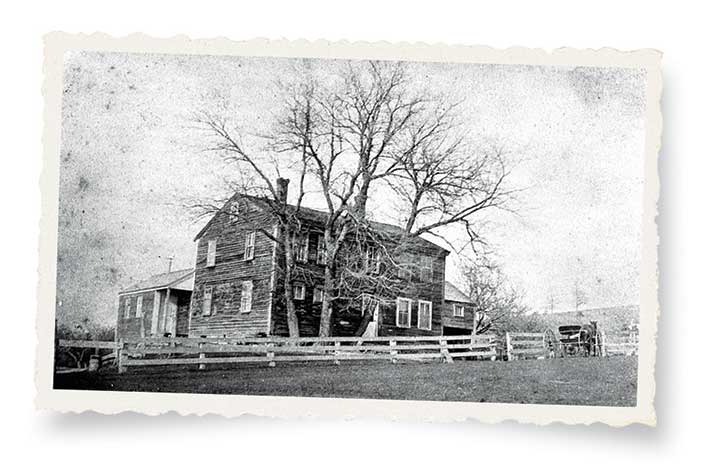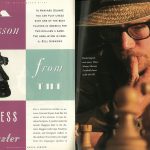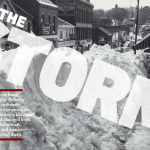History
Fruitlands | Local Treasure
A visit to Fruitlands begins with the view. Perched at the top of Prospect Hill in Harvard, Massachusetts, it’s impossible to resist the miles-wide, postcard-perfect rolling landscape below along the Nashua River. “When people drive in, you can see it on their faces,” says the museum’s marketing manager, Mary Delaney. “Even for us, it’s a […]

Coffee By Design | Portland, Maine
Photo Credit : Katherine KeenanYou look like someone who appreciates a good story
- Unlimited access on the web
- Watch episodes online
Already a subscriber? Sign in







